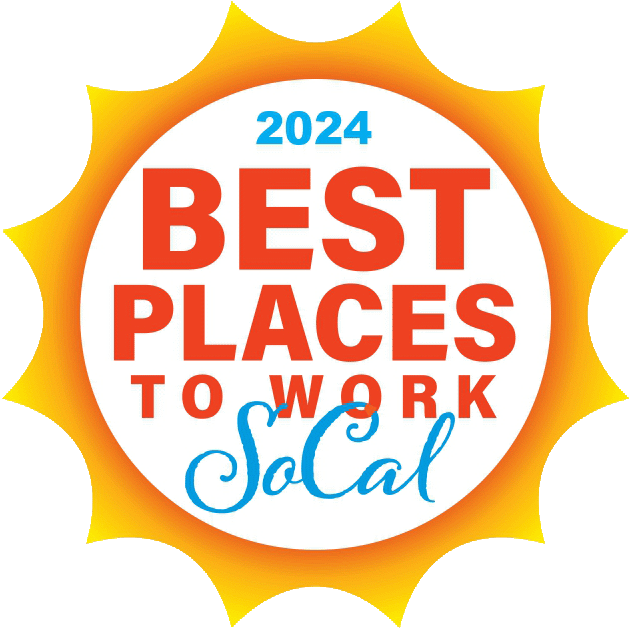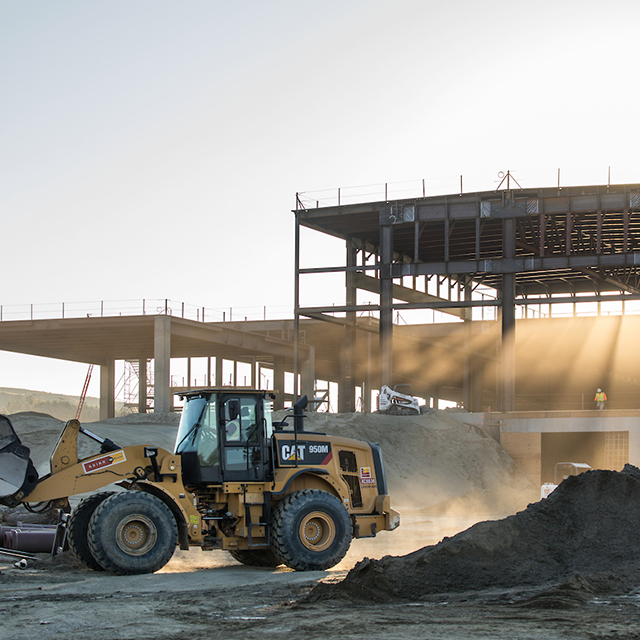GlobeSt.com EXCLUSIVELY chats with Richard Freeark about his new role at C.W. Driver Cos., and about some of the most important issues facing California builders currently, especially in San Diego.
1. What is your vision for the future of the company?
I envision that C.W. Driver Companies will continue to promote a culture of growth, both internally with our employees and externally in the many industries we serve.
Internally, training and mentorship are ingrained in our corporate culture and contribute to what makes us such a desirable place to work. We have a nice blend of younger talent that is eager to learn coupled with experienced veterans who are available to help guide and mentor them. As we continue to implement compelling professional development initiatives and incorporate philanthropic efforts that give employees a sense of purpose, I look forward to seeing the team’s growth.
Externally, our diverse project portfolio spanning regions across California is what sets us apart. In the future, we will explore expanding and continue to diversify our projects in industries such as higher education, K-12 education, commercial office, senior housing, civic, hospitality, entertainment, retail and more.
We have successfully provided contracting, construction management and design-build services throughout California for nearly 100 years, and I have no doubt we have 100 more ahead of us.
2. What are the most important issues facing California builders currently, especially in San Diego?
A resource shortage – in both talent and materials – is undoubtedly the biggest issue facing California builders. San Diego is a highly competitive market, with many general contractors seeking the same limited resources and tradesman.
Regarding talent, the robust economy coupled with the construction industry’s continued growth results in significant competition for employees, subcontractors and other project partners. Add those who are retiring and/or moving out of the area due to high housing prices, and you can see why talent is limited in the San Diego region. Our strong culture and high retention rate have helped lessen the effect of the widespread talent shortage, but we still feel its effects.
The escalating costs of materials due to growing demand has only been exacerbated by recent natural disasters in Houston, Florida, Northern California and elsewhere. These disasters have created an increasing demand for materials, especially wood products, impacting pricing in San Diego and nationwide. President Trump’s new steel and aluminum tariffs also may have an impact on materials pricing, but the exact effect is yet to be seen.
3. What are the latest building trends in San Diego?
With the high concentration of tribal gaming in the San Diego region, an increase in tribal casinos and resort construction is a trend that is somewhat unique to the area. Whether through remodels or ground-up construction, tribes in the area are seeking to modernize their facilities and incorporate amenities such as resort-style pools, spas, golf courses, fitness centers, restaurants, event venues and more. Providing a variety of dining options has also become a priority. Our project at Hollywood Casino Jamul just outside of San Diego includes a craft beer and tapas bar, taqueria and steak and seafood restaurant, among others.
There is also an increasing demand for civic projects. C.W. Driver Companies is currently in construction on its fourth library in the area – Mission Hills-Hillcrest Library. Like others in the region, Mission Hills-Hillcrest Library is being reconstructed to better serve the growing population of the surrounding neighborhood. Four times the size of the existing space and with additional amenities such as community meeting rooms, study spaces, computer labs, children and teen areas and more, the reimagined Mission Hills-Hillcrest Library and others like it provide substantial value to the San Diego community.
4. What else should readers know about this topic?
With the rapidly increasing population in San Diego and statewide, there is also strong demand for new education facility construction – both K-12 and higher education – to accommodate those moving into the area. For universities, P3s (public-private partnerships), which allow the school to partner with a developer on a project, are increasingly funding these projects. For schools that are short on land, hoping to free up capital, avoid debt, or that simply don’t have the resources to manage a project, P3s can be a great option. Science and technology buildings, which help to attract and retain students in the growing STEM fields, are where many universities are putting their construction spend, P3 or otherwise.
Read the entire article here.

Photo Credit: @PaulTurangPhotography


